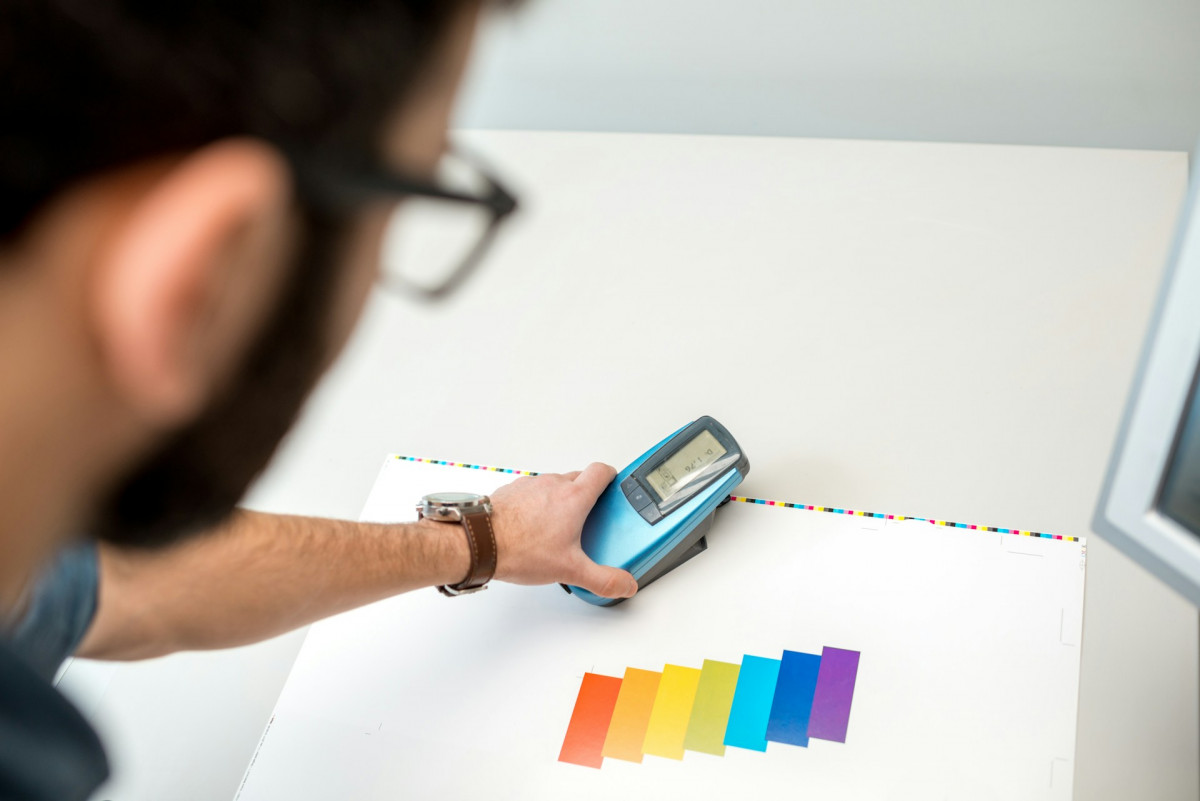
Elevate Your Brand with High-Quality Prints: Capturing Attention and Exuding Professionalism
In today's competitive business environment, establishing a strong and coherent brand image is crucial for success. An integral component of your branding strategy lies in the quality of your printed materials, such as promotional items, business cards, and signage. High-quality prints not only capture attention but also convey a sense of professionalism and your company's commitment to excellence.
The quality of your prints can significantly influence potential customers' perceptions of your brand. Crisp, vibrant, and well-executed prints showcase your dedication to maintaining a consistent and professional image, setting you apart from competitors and generating credibility among your audience. By investing in high-quality prints, you solidify your reputation as a reliable and reputable business, laying the foundation for long-lasting relationships and loyal clientele.
When considering your printing needs, various factors come into play, such as the printing technique, materials, colours, and finishes. Each element contributes to the final product's quality and overall impression, making it essential to understand the best practices and latest innovations within the printing industry.
In this comprehensive guide, we will delve into the world of high-quality prints, discussing the benefits of various printing techniques, exploring the role of material selection, and offering insights into designing stunning print materials that captivate your audience and elevate your brand.
Exploring High-Quality Printing Techniques
Choosing the right printing technique plays a crucial role in achieving exceptional print quality. Each method offers unique advantages, catering to different needs and applications. Here are four popular high-quality printing techniques:
1. Offset printing: This traditional process involves transferring ink from a plate to a rubber blanket and then onto the print surface. Offset printing excels in producing large quantities with sharp, consistent, and accurate colours.
2. Digital printing: A more modern approach, digital printing directly applies ink onto the print surface using digital files. This technique is ideal for smaller quantities, quick turnaround times, and for printing materials with variable data or customisation.
3. Screen printing: In this method, ink is pressed through a mesh screen onto the print surface, making it well-suited for printing on textiles or uneven surfaces. Screen printing is praised for its vibrant colours and durability, especially on apparel and promotional items.
4. Letterpress printing: A traditional technique that uses raised, inked plates to create a debossed effect on the print surface. Although often used for wedding invitations and stationery, letterpress printing can add texture and elegance to business cards and other high-end print materials.
Material Selection: Foundation of High-Quality Prints
The choice of materials significantly impacts the final quality and overall aesthetic of your printed items. Material selection should consider factors such as appearance, durability, and sustainability. Here are some tips for choosing the right materials:
1. Paper stock: Opt for high-quality and heavy paper stock when printing business cards or brochures to convey a sense of professionalism and sophistication.
2. Textile printing: Choose fabrics like organic cotton, polyester, or blend for screen-printed apparel or promotional items to ensure colour vibrancy and longevity.
3. Sustainable materials: Incorporate eco-friendly materials like recycled paper or biodegradable substrates to showcase your commitment to environmental responsibility and resonate with eco-conscious customers.
Design Principles for Captivating Print Materials
Creating visually appealing printed products requires a careful balance of design elements, such as colour, typography, layouts, and imagery. Here are some design principles to elevate your high-quality prints:
1. Colour consistency: Ensure your brand colours are consistent across all printed materials, adhering to your established colour palette and utilising the Pantone Matching System (PMS) for accuracy.
2. Legibility and hierarchy: Balance typography with whitespace and arrange elements logically to create a clear visual hierarchy and improve legibility.
3. Professional imagery: Incorporate high-resolution images and graphics to enhance the overall quality and visual appeal of your printed materials.
Top Tips to Maximise Your Print Quality
Maximising the quality of your printed materials requires a combination of design, technique, and material selection. Here are some top tips for achieving exceptional print results:
1. Understand your printer's capabilities: Familiarise yourself with your chosen printer's requirements and limitations, such as accepted file formats, colour profiles, and available printing techniques.
2. Prepare print-ready files: Ensure your design files are properly formatted and meet the printer's specifications, such as optimal resolution, colour mode, and bleed requirements.
3. Collaborate with professionals: Engage with experienced designers and printers to guarantee the best possible outcome for your high-quality prints.
Conclusion
High-quality prints play a pivotal role in enhancing your brand image, capturing attention, and exuding a sense of professionalism. By investing time and effort in understanding printing techniques, materials, and design principles, you can create captivating print materials that leave a lasting impression on your audience.
So why not take your print materials to the next level and explore the power of high-quality prints to elevate your brand? Reach out to us at Withers & Co., and let us help you navigate the world of exceptional printing merch, crafting stunning materials that showcase your commitment to quality, professionalism, and distinction in a competitive market.
